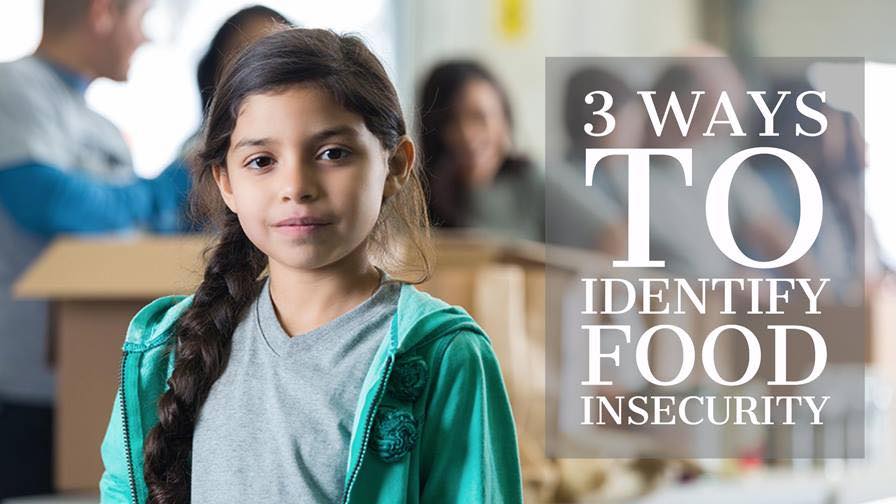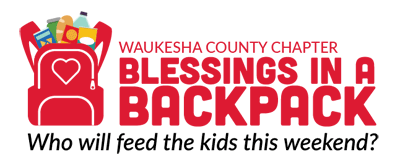How do you know if a child is facing food insecurity?

How do you know if a child is facing food insecurity?
Here are three ways:
- Look at their physical appearance. Keep in mind that low body weight isn’t necessarily a tell-tale sign, as food insecurity is often linked to obesity. However, you can look for other physical indicators of nutrient deficiencies like swollen or puffy skin, chronically cracked lips, or chronically dry, itchy eyes.
- Observe their behaviors and listen to conversations. Children who are chronically hungry are likely to be anxious about when their next meal is. They may frequently complain of excessive hunger, go to school early to get breakfast, or rush to the front of the lunch line. Children may eat quickly and completely, refusing to leave food on their plates. You may notice a child who lingers around for more food or frequently asks for seconds.
- Ask questions. If you’re concerned a child isn’t getting enough to eat, ask them what foods they eat at home. What did they eat for dinner last night or breakfast this morning? Do they ever worry they won’t have enough to eat or has their family run out of food? (Source: intermountain healthcare.org)
As little as $4 can help feed a child for a weekend, $16/month can help feed a child every weekend for a month! Click here to donate.
